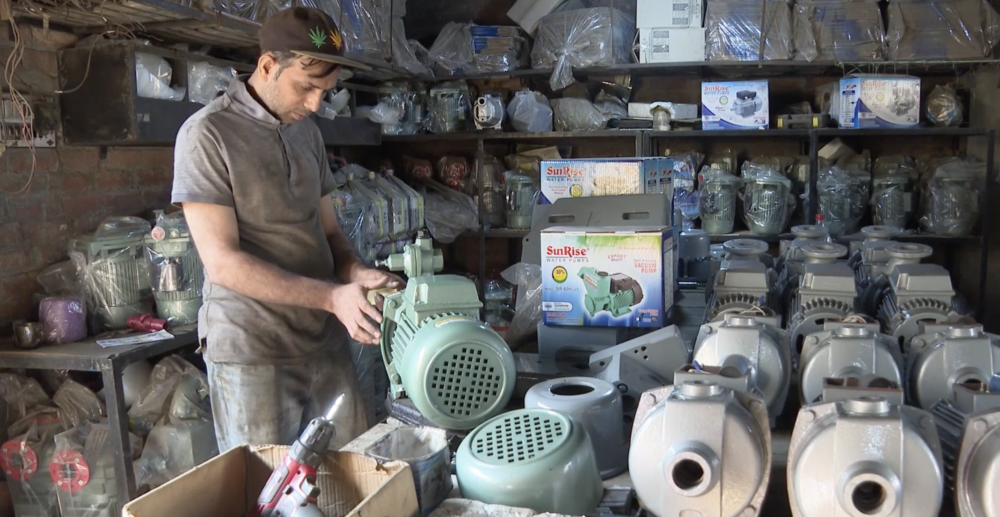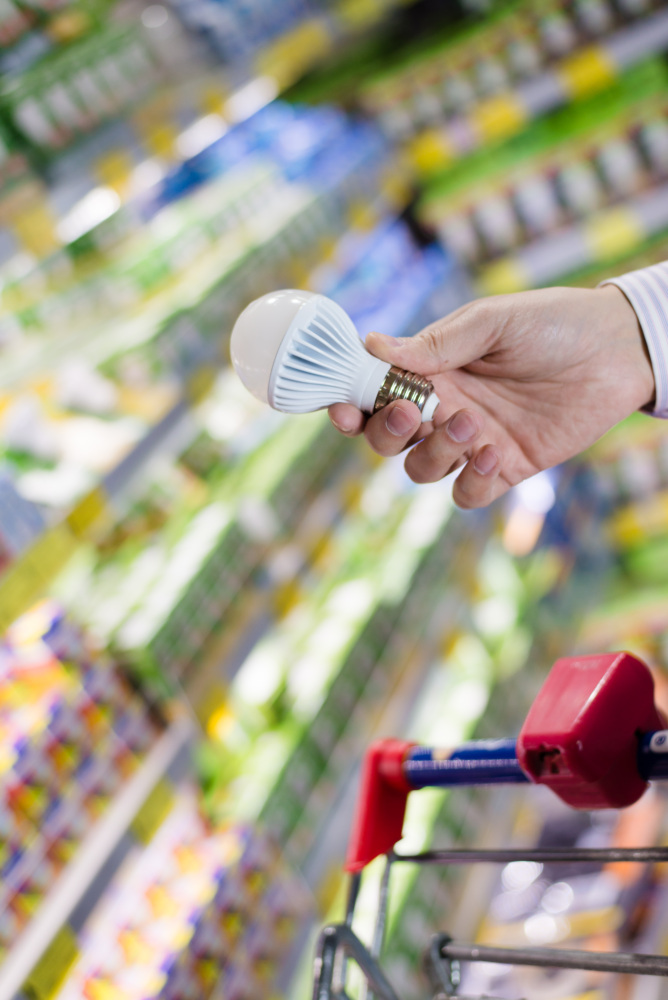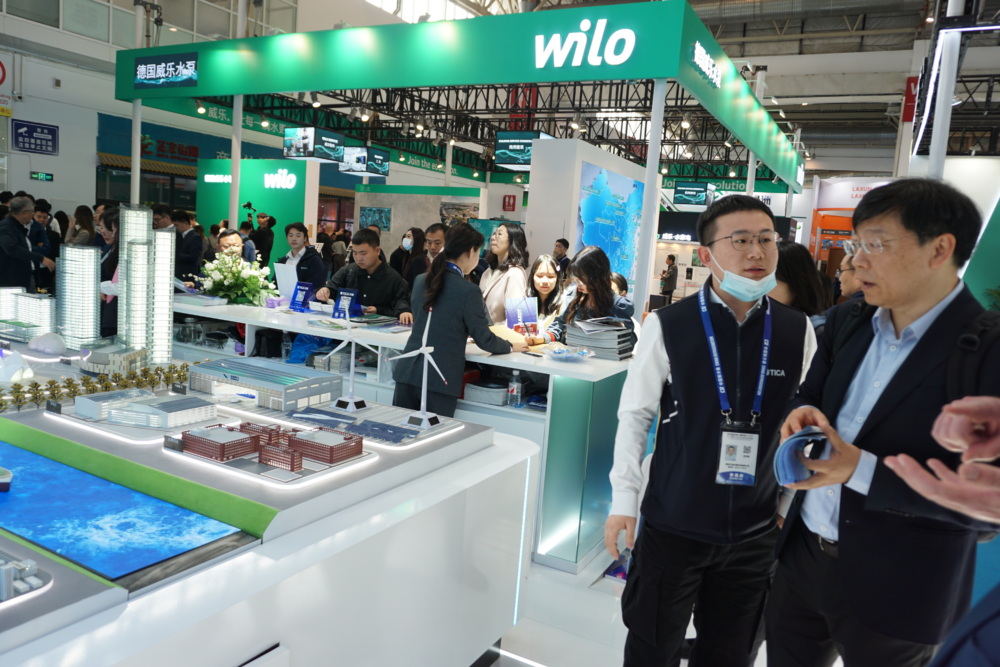Water Efficiency in a Drying South Africa
CLASP is supporting water efficiency policies in South Africa to help mitigate the risk of water shortages in the face of a dwindling supply.
A growing population and reliance on increasingly unpredictable rainfall has left South Africa in a water crisis. In partnership with the South African Energy Development Institute (SANEDI) and Institute of Plumber South Africa (IOPSA), CLASP is supporting water efficiency policies to preserve this diminishing and essential resource.
Low water, high risk
Water security is a growing concern in South Africa. The dwindling supply is under threat exacerbated by climate change, amid increasing demand and low water availability. An additional 17% of water is needed by 2030 to meet the growing demand but sources are already strained.
Among the interventions found to be most impactful in preserving water are Water Efficiency Labelling Standards (WELS) schemes. Under the National Water and Sanitation Plan, South Africa has committed to introduce WELS by 2025, targeting common household appliances such as taps and showerheads that contribute to unsustainable water consumption habits across the country.
Understanding the water appliance market
Establishing an efficient labelling system calls for uniformity in water appliance policy requirements. A report published by CLASP this year recommends a South African National Standard (SANS) for showerheads –limiting showerhead flowrates to 7.5 L/min. However, limited data on the performance of commercially available showerheads called for an assessment of commonly available showerheads.
“We tested a wide range of showerheads to better understand the water flow rates and spray patterns of the commonly available appliances,” says Monica Wambui of CLASP East Africa.
“Our findings will be vital in supporting a policy decision to develop standards for showerheads.” said Monica Wambui of CLASP East Africa.”
Current flow rates vary depending on appliance cost
CLASP worked with a South Africa-based partner to test the commonly available showerheads. The testing showed that cheaper showerheads were usually less efficient than the more expensive options. Budget price showerheads had flow rates above 30 L/min whereas showerheads in the high-price categories had flow rates below 10 L/min. Showerheads with significantly high flow rates and those with 10 L/min were available in medium and low-price categories.
The tests also found that flow regulators, costing approximately R10 (US $0.55) each, significantly reduced flow rates. These findings indicate that South Africans could benefit from relatively affordable flow rate reductions, without compromising the quality of shower experience.
Prioritizing showerhead efficiency
CLASP recommends a South African National Standard for showerheads, including lower flow rates and performance requirements. This standard should also encourage the use of acceptable flow rate regulators.
The transition to more efficient showerheads is one step towards more sustainable water consumption in the country. CLASP will continue to support our partners to identify complementary policies that preserve both water and energy.









